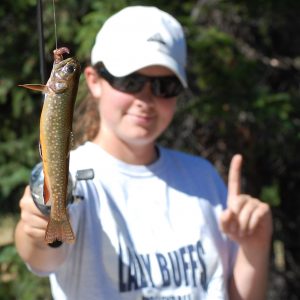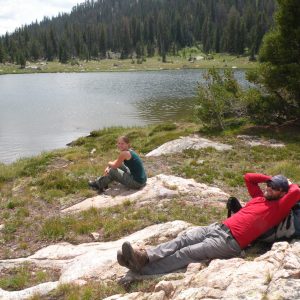Right after my last blog entry, I received news that my extension went through so I will continue working for the San Bernardino National Forest through late May 2013. I am absolutely thrilled because I love the people I work with/for and continue to learn new things literally every day. I am gradually switching over to working for the restoration program rather than the botany program because that is where the funding was available.
During the last month of my first batch of funding, I entered almost all of the data I collected during the summer- which made me feel like all my hard work wasn’t in vain! Although the task of data entry seems dry, I actually enjoyed it because I was able to improve my geodatabase skills because the database we use here is supported through ArcGIS. My supervisors worked out a deal so that I can continue doing data entry for my first boss and field work for my new boss which will work out well for snowy days.
Snow! It has already started coming. As a consequence, we’ve been working on restoration projects at lower elevations. This past week we started a project in the Big Horn Wilderness which is northwest of Joshua Tree National Park. We have been re-enforcing the boundary between BLM property and US Forest Service wilderness. One of the qualifiers of “wilderness” is the absence of motorized vehicles and wheels of any sort. Currently, the spaghetti OHV road network on BLM land is crossing the border into Forest Service wilderness. This project is a quintessential example of interagency cooperation: the BLM, the Forest Service, the San Bernardino National Forest Association, the Urban Conservation Corps, and the Student Conservation Association are all involved. We spent the last week installing posts that we will string with fancy cable that can’t be clipped with generic wire cutters. Next week we’ll string the cable and disguise the roads we are closing with slash. I’ve been able to take a bit of a leadership role on the project because my higher ups have been stretched pretty thin recently. I’ve enjoyed managing the different crews out in the field and am grateful that those I work with trust me enough to leave me in charge.
So, if you can’t gather, I’m still stoked on my CLM experience and love every minute of my job, so thanks again for those who make it possible!

Urban Conservation Corps and Student Conservation Association crews lining out where the fence should go and installing the fence.
Lizzy Eichorn



























